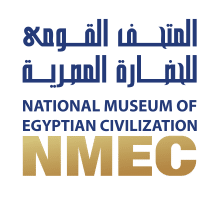Antiquities Receiving Unit
It is located on an area of approximately 1500 meter2, in which the artifacts are received inside the museum, starting from the preparation of case reports and examination, where the artifact pieces wrapped using the latest packaging methods and materials to be then deposited in wooden boxes for safe transportation. Then, these boxes are transported on carts at a steady walking speed to avoid risks and increase their sustainability until reaching the shipping dock which has a 20-ton winch for large-sized artifacts.
The antiquities move from the receiving unit through the anti-intrusion door to enter the antiquities unfolding room using tools and equipment according to the size of the transport box, for example, the 2.5-tons load Clark-winch with a hand fork or 3-tons high load the electric Clark-winch and some tables with different static movement and load.
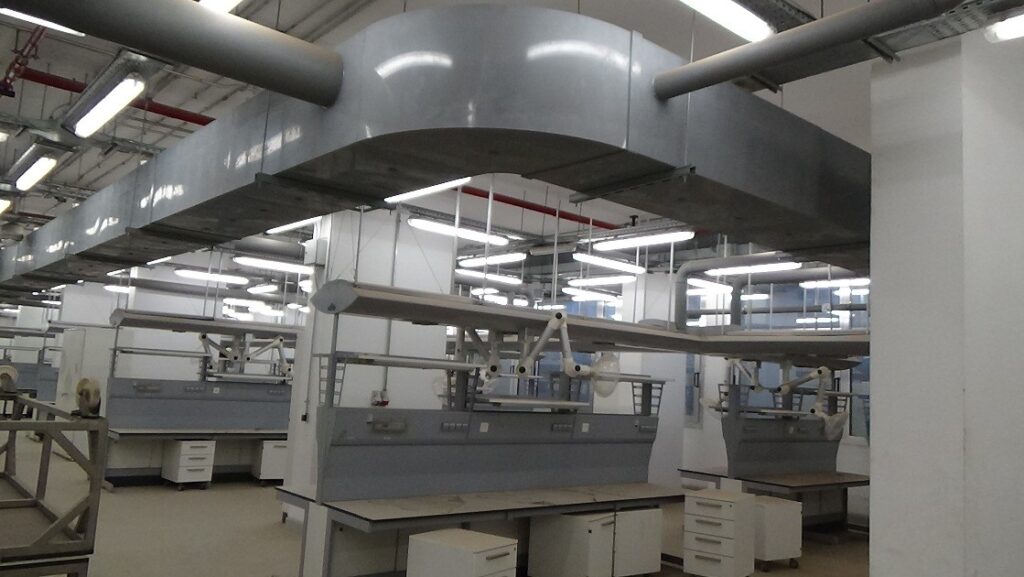
The artifacts are re-examined and documented then prepared for sterilization. Also, the antiquities reception unit includes an anoxia unit, which has the most recent sterilization device worldwide, that uses nitrogen gas which is pumped into the sterilizing chamber with certain proportions to sterilize the artifacts for 28 days, to reduce all stages of insects. After 10 months of sterilization, they would not be infected again by any insect phase, thus ensures their sustainability and protection from damage.
The antiquities reception unit also includes a first aid laboratory, where the initial cleaning and strengthening work for all artifacts is carried out, as well as the archaeobotany and human remains laboratories.
Mummies’ Restoration Unit
The mummies’ restoration unit includes a highly equipped and trained team responsible for restoring and storing mummies in the museum.
The unit is divided into:
1- Mummies Preservation Unit
The preservation unit owns 36 control units for keeping the mummies in nurseries supplied with a nitrogen preservation control unit. It also includes devices for measuring temperature, humidity, and light intensity, as well as a unit for storing wooden coffins.
2- Mummies Restoration Laboratory
The laboratory is equipped with all materials and tools needed for mummies’ restoration. In addition to, suction units for extracting fumes, dust, and gases, and storing cabinets with internal suction.
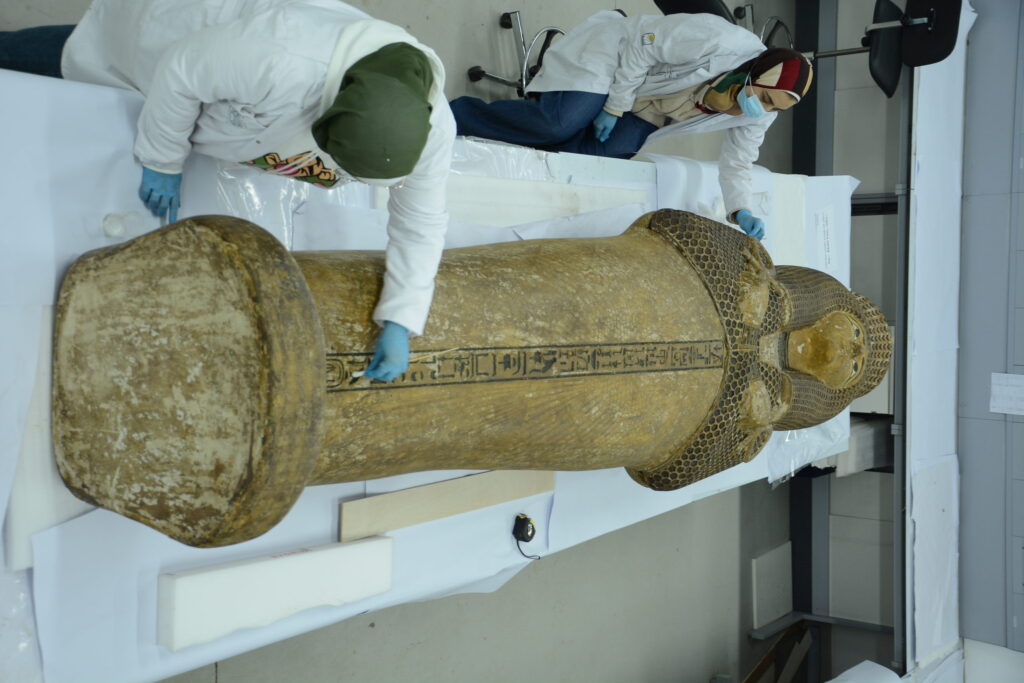
Preventive Maintenance Unit
The preventive maintenance unit is concerned with the periodic maintenance of antiquities, whether in the exhibition halls or the stores by providing suitable environmental conditions using appropriate preservation methods according to the type, nature, and condition of the antiquities. Also, it is considered the first specialized preventive maintenance unit in Egyptian museums and is equipped with the latest technology.
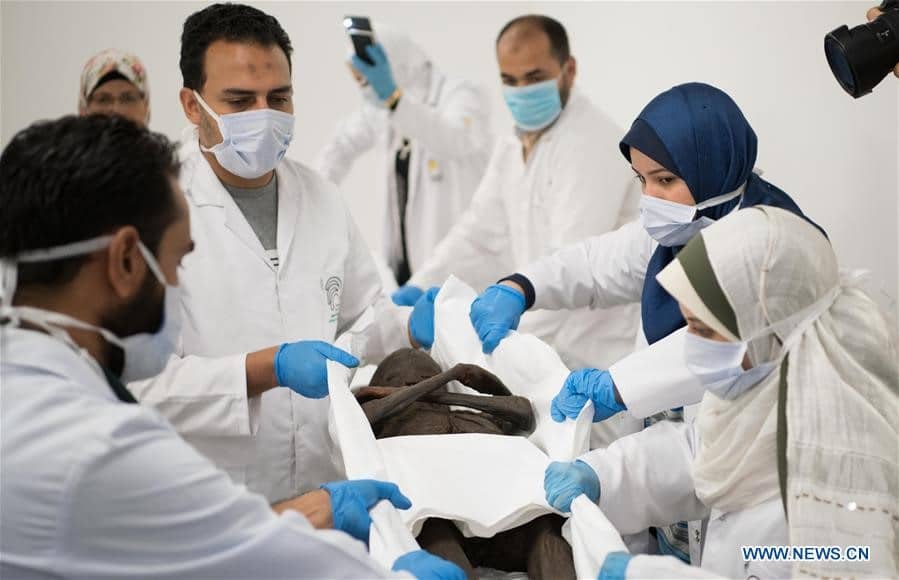
Heavy Stones Restoration Unit
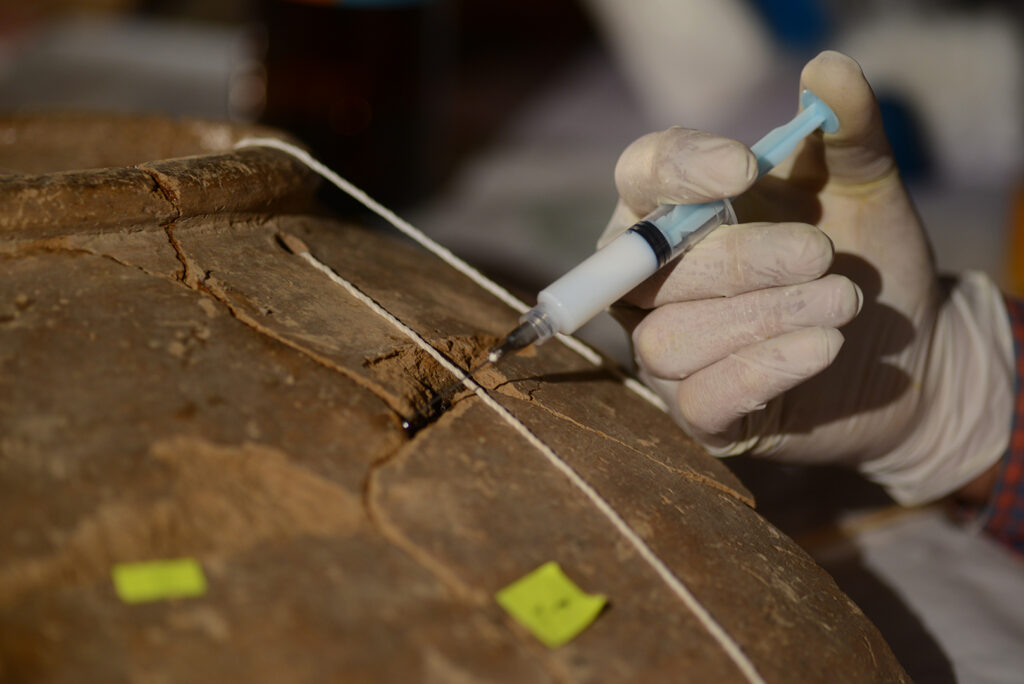
A separated unit equipped with a 4-ton load winch to deal with large and heavy artifacts, as well as lifting and loading tools for assembly. Also, it is equipped to restore all kinds of large and disassembled large parts of artifacts.
Icons Restoration Unit and Oil Paintings
It is a restoration unit equipped with suction units for fumes, gases, and dust, and a accurate control varnish unit for oil paintings, as well as sources of natural and artificial light to control color vision and re-coloring (RE-TOUCH).
Laser Cleaning Unit
The unit includes a fixed laser device for cleaning various organic and inorganic artifacts according to their condition with controlled pressure and velocity of the laser. It also includes a portable and mobile laser device for cleaning artifacts that cannot be transferred to the fixed laser cleaning unit.
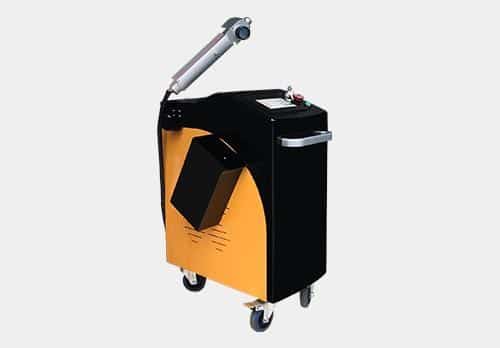
Organic Antiquities Restoration
Wooden antiquities restoration laboratory Textile and basket restoration laboratory Manuscript...
Read MoreInorganic Antiquities Restoration Laboratories
Silicate restoration laboratory Metal antiquities restoration laboratory Small stone monuments...
Read More